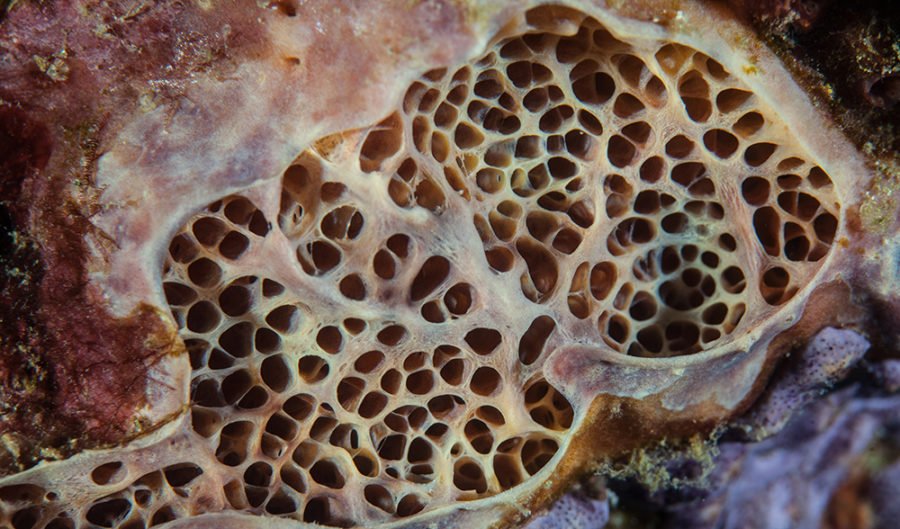
How sea sponges can influence modern architecture
Sea sponges, with their intricate design, has the potential to inform modern architecture and other forms of civil engineering.

Sea sponges, with their intricate design, has the potential to inform modern architecture and other forms of civil engineering.
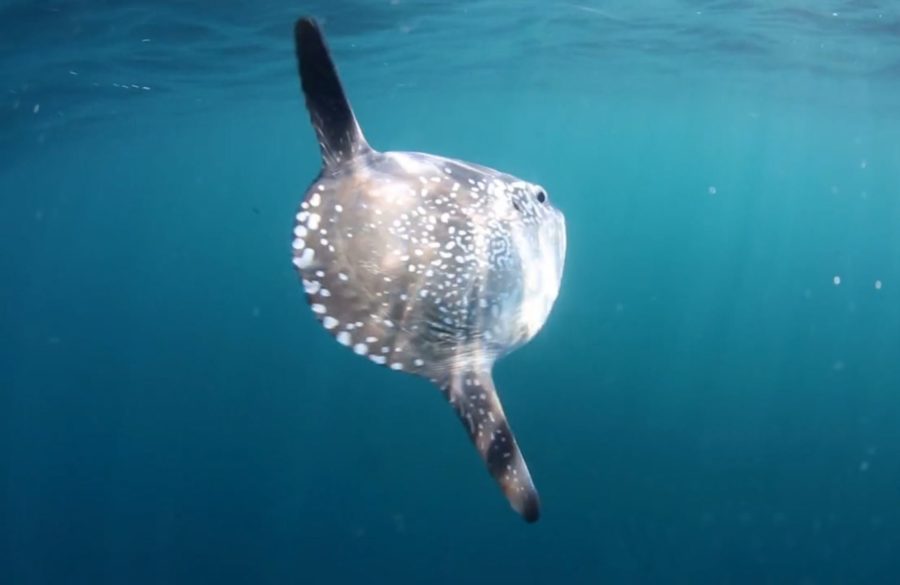
Typically, the hoodwinker sunfish is notoriously difficult to find.

Australia is home to a lot of fabulous fungi.
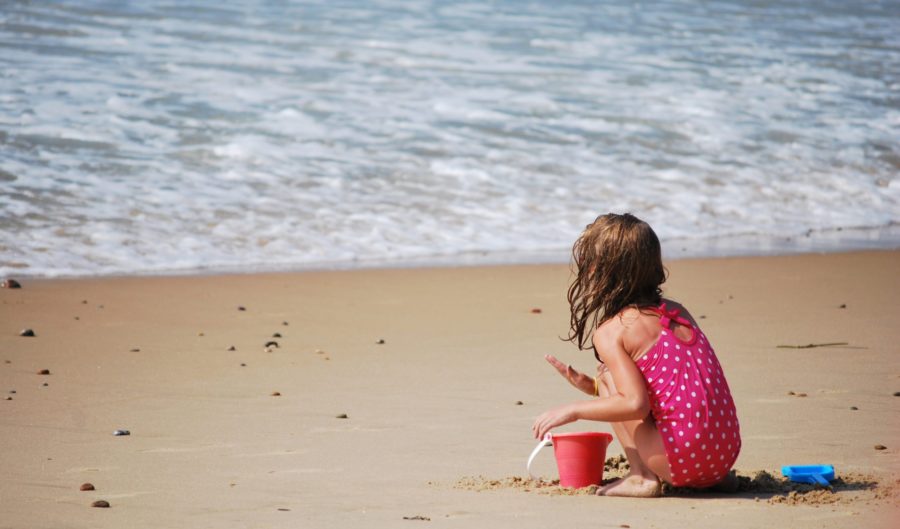
For the sake of their eyesight, Australian children need to put down those devices and head outdoors.
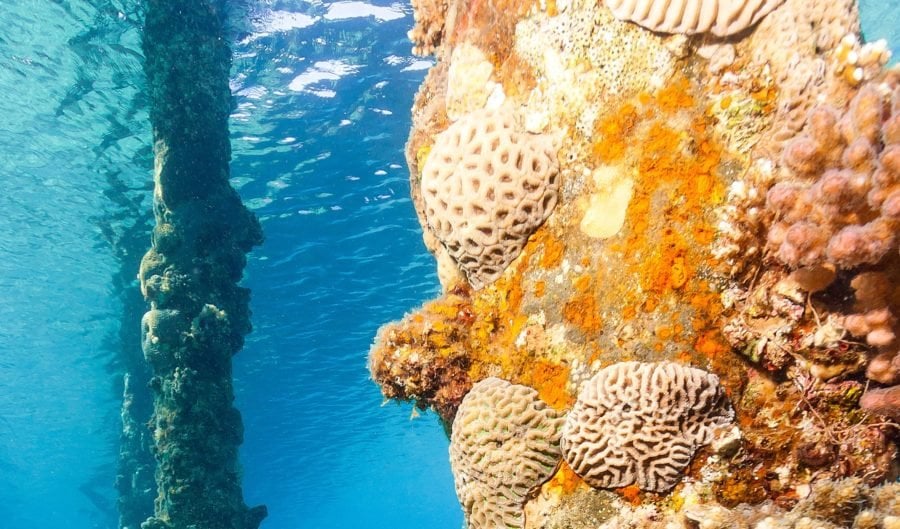
Hundreds of jetties jut out from our coastline — This is what goes on beneath the surface.
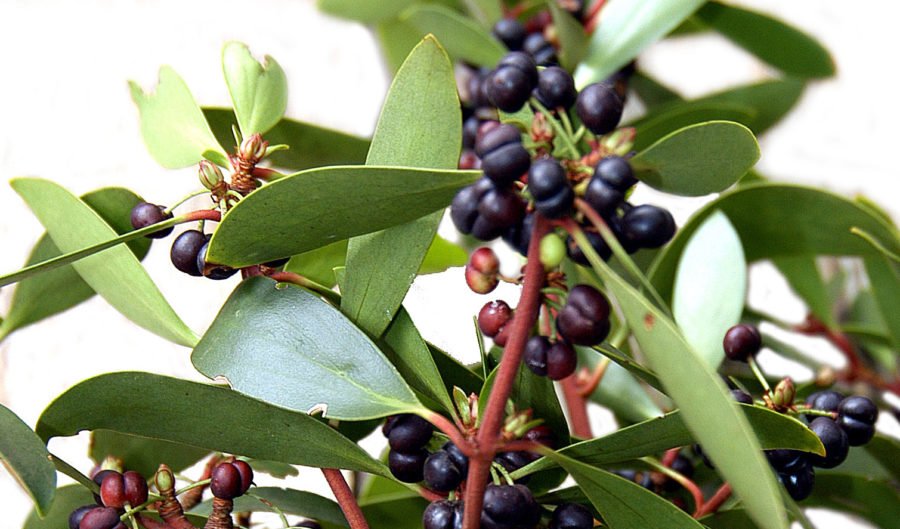
This may just save you from poisoning yourself.
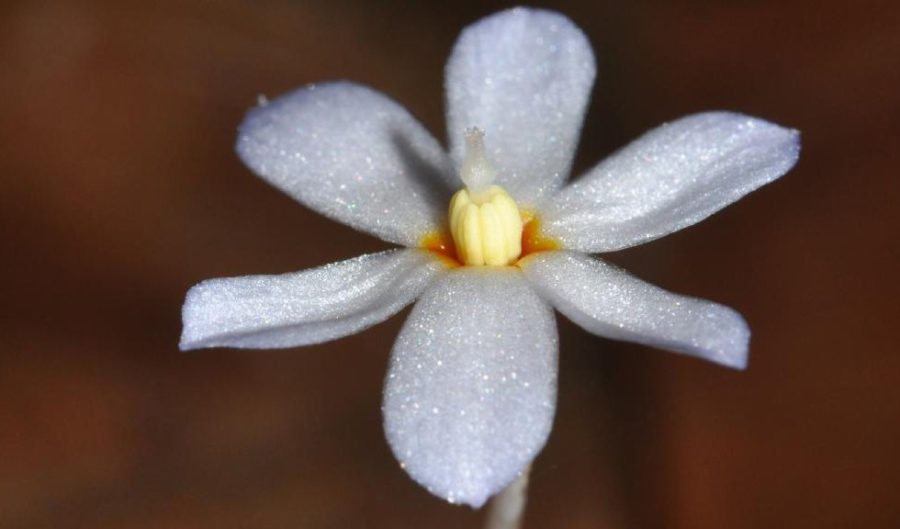
The idiot fruit tree, also known as the green dinosaur, is one of Australia’s oldest and most distinctive trees.
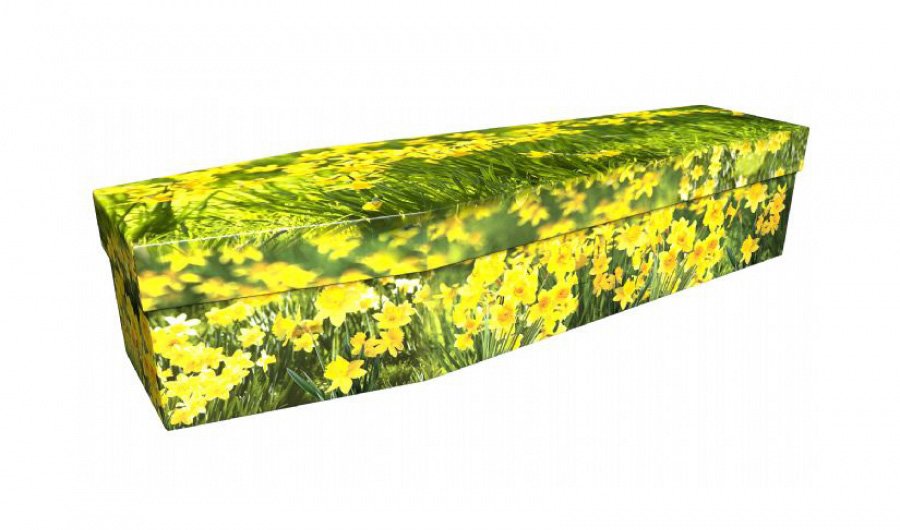
Would you have an eco-friendly funeral?

See the remastered footage of the 1969 Apollo 11 walk.
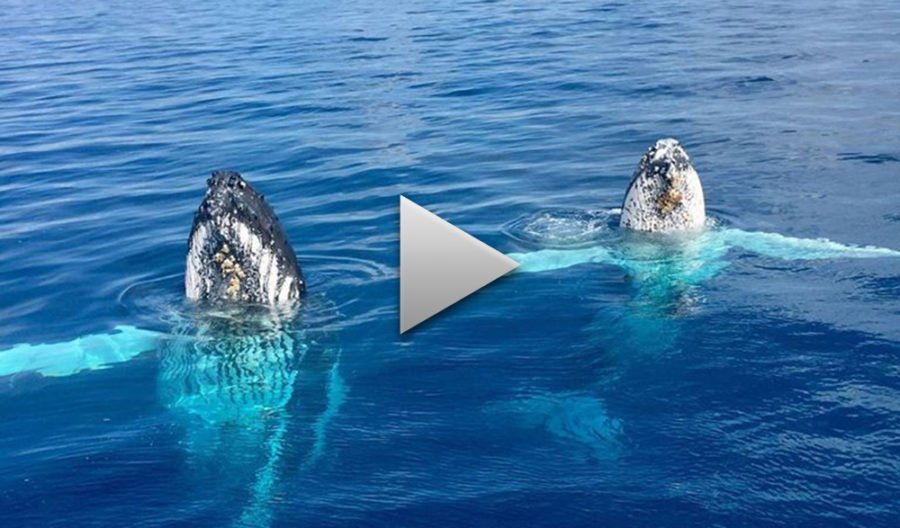
These two whales were captured in perfect synchronicity along the North Queensland coast.